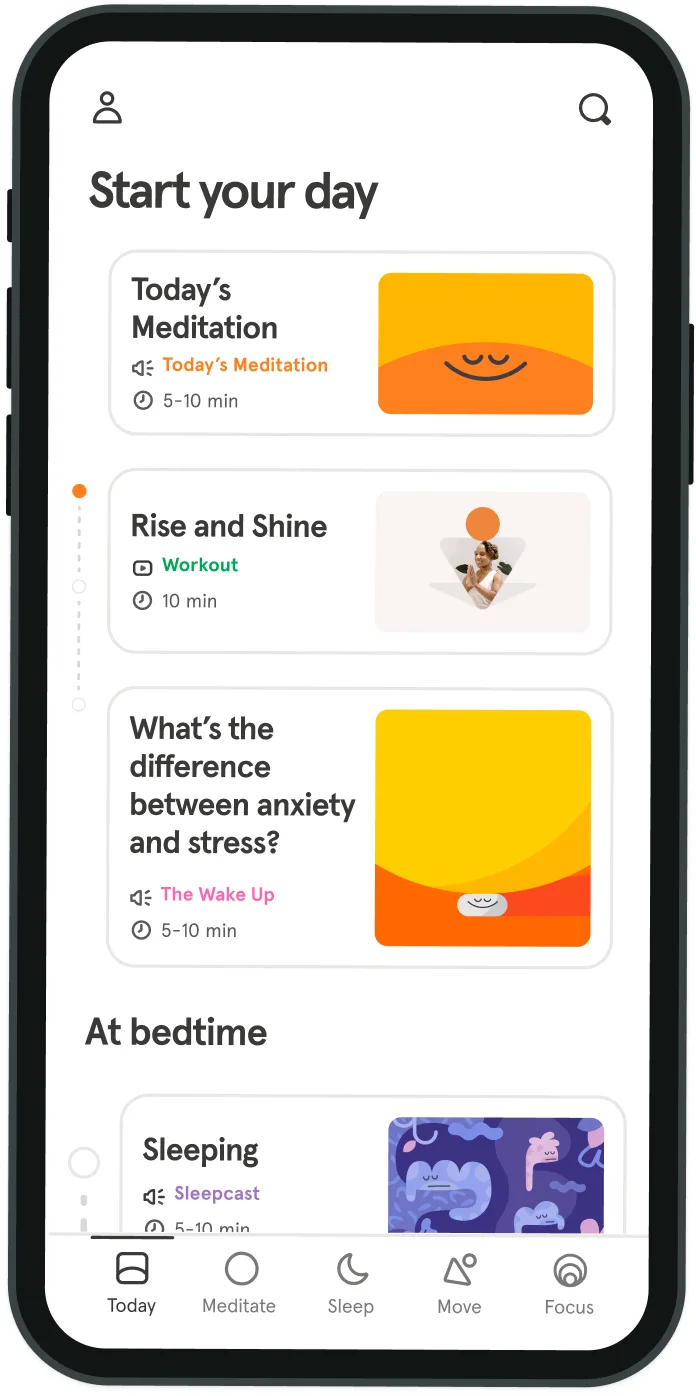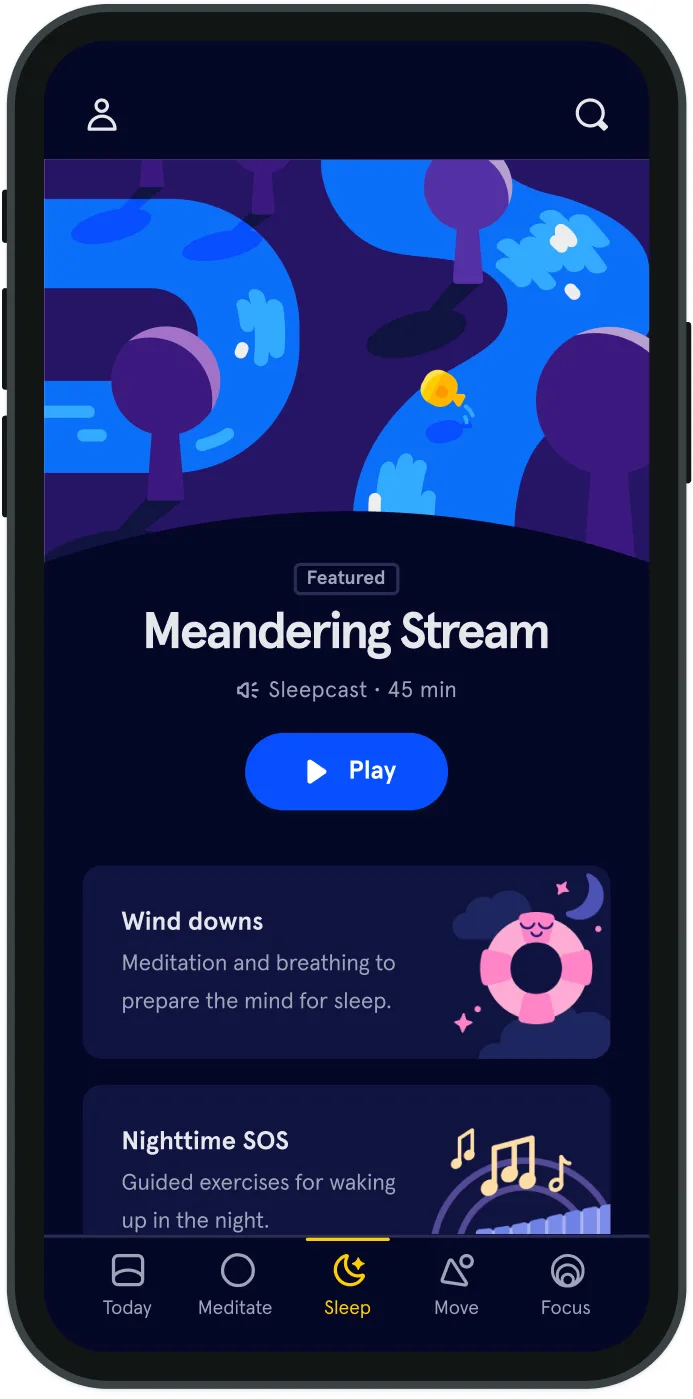Why the stigma of “being emotional” is garbage
From the time we are children, we’re taught to hide our emotions. Many adults will tell children things like “Don’t cry,” or “There’s no need to feel sad”; this advice often comes from a good place, as they are often attempting to soothe the child. However, the societal message that many of us receive is to try to avoid feeling and expressing our emotions.
To try “not to feel,” people often turn to numbing strategies, such as not eating, binge eating, drinking, drug use, compulsive sex, and overworking. These strategies might provide temporary relief, but, in the long-run, they only bury the underlying issue and cause you to feel even worse. As a therapist in private practice, I often work with my clients on learning how to identify and express their emotions in a healthy way. The following are three reasons why it is important to let yourself feel your emotions:
1. You can’t selectively numb emotions
We are not really able to selectively numb our feelings. Essentially, if you numb sadness and anger, you also will repress feelings of happiness and joy. Part of the amazing thing about being human is the ability to feel and express a wide variety of emotions. You deserve to be able to experience all your feelings, both pleasant and unpleasant.
2. Numbing your feelings often leads to more suffering
When you try to numb your feelings, this often leads to temporary relief and even greater suffering in the long-term. Often individuals try to numb their feelings through, alcohol, drugs, bingeing, not eating, or other maladaptive coping strategies. These strategies might provide temporary relief, however, they only serve to cause people to feel even worse in the long term.
Karen Koenig, LCSW, a clinical social worker and the author of “The Food and Feelings Workbook”, says: “We can choose to have the discomfort or distress of experiencing emotions which hopefully will lead to greater happiness and less pain in the long run, or we can choose to avoid experiencing emotional pain in the short run and most likely suffer down the road. In short, it is not possible to avoid emotional pain and live your best life.”
3. Emotions give us important messages
Often our emotions serve as important signals of things that we need to pay attention to in our lives. For instance, feelings of jealousy could indicate unmet needs or desires that you have. Or feelings of joy could help you to recognize when you are living in a way that is in alignment with your values. All emotions (even unpleasant ones) serve important functions. “Emotions are key to staying alive and thriving,” Koenig explains. “They are value neutral in a sense, like notes or colors. It doesn’t matter whether we like or feel comfortable with feelings. Emotions exist—that is, humans have evolved to have them—to get us to do something to help us avoid threats and enhance pleasure. They are prompts. For example, if we are lonely, that is a signal that there is a lack of intimate connections in our lives and this feeling urges us to do something about it.”
The bottom line
Rather than trying to suppress your emotions, try to practice observing them mindfully. For instance, you might start by paying attention to the emotion that you’re experiencing and how it physically feels in your body. I often talk with clients about the decision of whether to use a “distraction” versus using a “processing” strategy. There are certain situations where it might not be appropriate or feasible to process your feelings in the moment; these situations often call for the use of distraction strategies—drawing, looking at cute animals on YouTube, etc. However, when you have the time and it’s an appropriate setting, it can be helpful to use a process strategy, such as talking with a friend or journaling. The way toward healing and truly finding a sense of fulfillment in life is to let yourself feel all your emotions, both pleasant and unpleasant.



Be kind to your mind
- Access the full library of 500+ meditations on everything from stress, to resilience, to compassion
- Put your mind to bed with sleep sounds, music, and wind-down exercises
- Make mindfulness a part of your daily routine with tension-releasing workouts, relaxing yoga, Focus music playlists, and more
Meditation and mindfulness for any mind, any mood, any goal

Stay in the loop
Be the first to get updates on our latest content, special offers, and new features.
By signing up, you’re agreeing to receive marketing emails from Headspace. You can unsubscribe at any time. For more details, check out our Privacy Policy.
- © 2025 Headspace Inc.
- Terms & conditions
- Privacy policy
- Consumer Health Data
- Your privacy choices
- CA Privacy Notice
